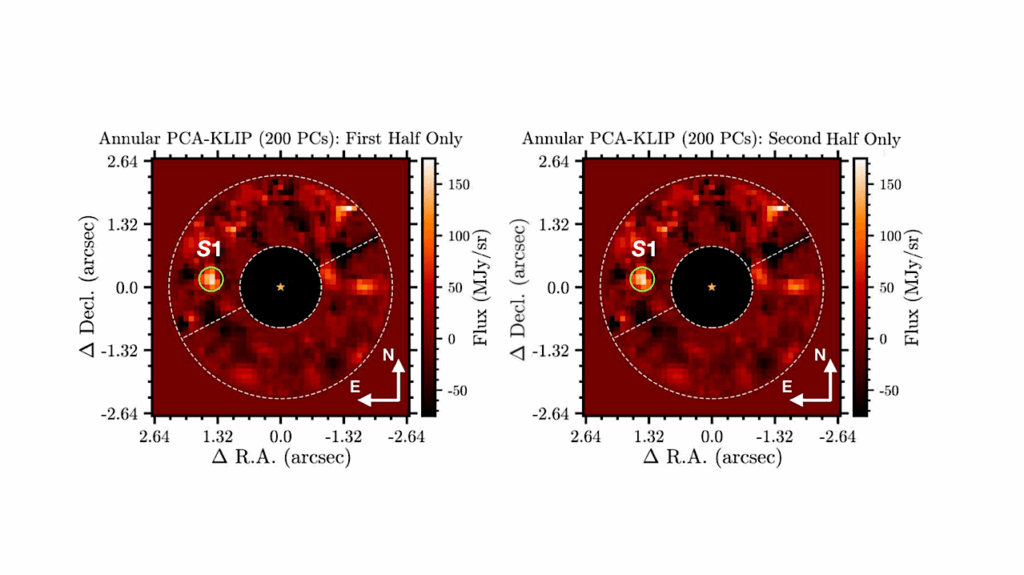Circumbinary Planet Formation in the Kepler-16 System

Recent simulations have shown that the formation of planets in circumbinary configurations (such as those recently discovered by Kepler) is dramatically hindered at the planetesimal accretion stage.
The combined action of the binary and the protoplanetary disk acts to raise impact velocities between km-sized planetesimals beyond their destruction threshold, halting planet formation within at least 10 AU from the binary. It has been proposed that a primordial population of “large” planetesimals (100 km or more in size), as produced by turbulent concentration mechanisms, would be able to bypass this bottleneck; however, it is not clear whether these processes are viable in the highly perturbed circumbinary environments.
We perform two-dimensional hydrodynamical and N-body simulations to show that km-sized planetesimals and collisional debris can drift and be trapped in a belt close to the central binary. Within this belt, planetesimals could initially grow by accreting debris, ultimately becoming “indestructible” seeds that can accrete other planetesimals in-situ despite the large impact speeds. We find that large, indestructible planetesimals can be formed close to the central binary within 10^5 years, therefore showing that even a primordial population of “small” planetesimals can feasibly form a planet.
Circumbinary Planet Formation in the Kepler-16 System. II. A Model for In-situ Planet Formation within a Debris Belt
Stefano Meschiari (Submitted on 18 Sep 2013)
Comments: 1st version, comments are welcome. 13 pages, 10 figures. Submitted to ApJ
Subjects: Earth and Planetary Astrophysics (astro-ph.EP)
Cite as: arXiv:1309.4679 [astro-ph.EP]
(or arXiv:1309.4679v1 [astro-ph.EP] for this version) Submission history From: Stefano Meschiari [v1] Wed, 18 Sep 2013 15:36:47 GMT (2254kb)








